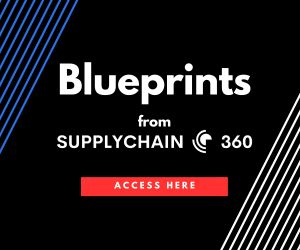AI platforms are transforming supply chain decision-making, but their logic can falter under pressure. As companies chase automation, they risk trading real-world adaptability for algorithmic fragility, leaving human intuition side-lined just when it’s needed most.
This is the second in a five-part series examining the critical consequences of AI adoption in global supply chains. Each part explores a distinct challenge, grounded in real-world cases, structural blind spots, and actionable insights for supply chain leaders navigating the shifting relationship between machine-driven optimization and enterprise resilience.
Overfitting to Yesterday’s Data
AI systems thrive on patterns. Trained on historical supply chain data, they can surface trends faster than any human team. But history doesn’t always predict the future. When black swan events, like pandemic disruptions or geopolitical shocks, emerge, algorithms trained on steady-state conditions often struggle to adapt.
For instance, during the COVID-19 pandemic, Maersk’s container shipping operations faced dramatic demand swings as lockdowns and trade imbalances upended global flows. AI models built to optimize port call schedules and vessel utilization found themselves outpaced by real-world volatility, highlighting how overfitting to historical data can break performance when faced with unprecedented conditions.
The Risk of Optimization Myopia
AI tools promise sharper efficiency, but they also hard-code priorities, cost, speed, or reliability, into every recommendation. Unless explicitly designed otherwise, these models can overlook broader supply chain goals: resilience, sustainability, or ethics.
Consider how Amazon’s automated routing and fulfillment algorithms have faced criticism for prioritizing delivery speed above all else. While this has delivered market-leading customer satisfaction, it has also fueled operational blind spots, like underinvestment in surge buffers or workforce sustainability. The result – when demand or labor conditions shift, models tuned solely for speed can leave firms exposed.
Opacity and the Erosion of Operational Intuition
One of AI’s core promises is to remove bias and error. Yet, when models are too complex to interrogate, trust in their output becomes blind faith. Leaders can no longer explain why certain SKUs are deprioritized or why safety stock buffers shrink, because the model’s reasoning is hidden behind proprietary abstractions.
For instance, Toyota’s use of AI-driven supply chain optimization has been lauded for just-in-time precision. But during the 2021 semiconductor crisis, the very systems that once cut waste and boosted margins left the automaker scrambling to reintroduce buffers and manual workarounds, an example of how over-automated, opaque systems can erode operational intuition when flexibility is suddenly required.
Balancing Intelligence with Intuition
As AI takes on more operational decision-making, the risk of algorithmic fragility becomes a strategic concern for supply chain leaders. Models trained on historical patterns can falter when confronted with black swan disruptions or shifting market priorities.
This isn’t about rejecting technology; it’s about ensuring that human judgment and scenario thinking remain at the core of resilient supply chains. The ability to challenge, override, and adapt, rather than simply automate, will continue to define the difference between short-term gains and long-term flexibility.








